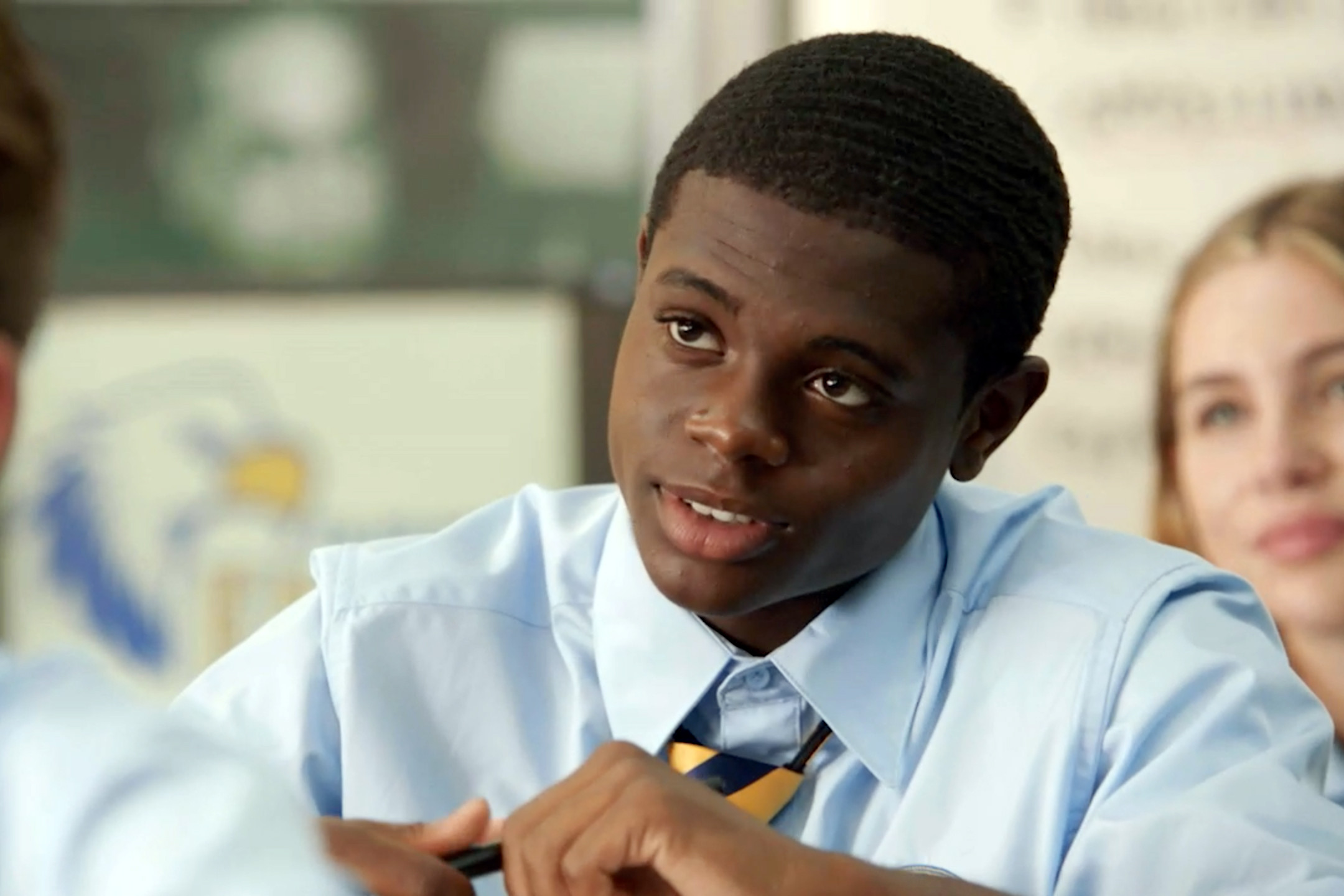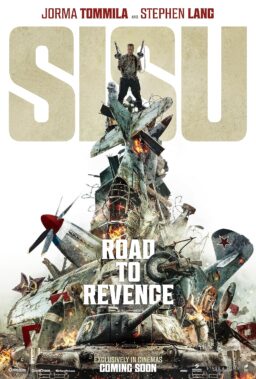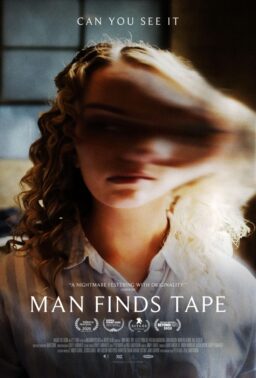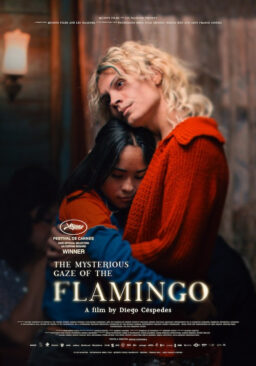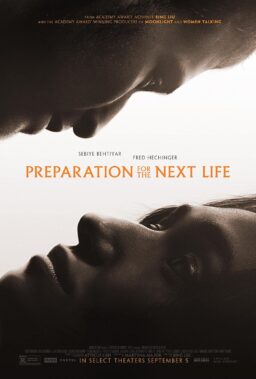This isn’t my first time at the Sundance Film Festival, as I first came to these Park City mountains three years ago. One of my best friends, Morgan Elise Johnson, was a producer on a virtual reality experience called “Across the Line,” which was selected for Sundance’s New Frontier program. So when she packed her bags for the festival, I took some money out of my savings and tagged along. See, I’d recently quit my job at the Orlando Sentinel a few weeks earlier to move back home to Chicago. I wanted to write about the things I cared about—Black people, Black culture, and Black music—but my editors at the Sentinel wouldn’t let me leave the confines of the Breaking News desk. I felt crazy for leaving my job without a backup plan, but the opportunity to experience Sundance felt like the universe rewarding me for making the right decision.
Once at Sundance, it felt magical. I didn’t have credentials, but networking and meeting amazing people still felt possible. A lot of the Black folks we met along Main Street told us about The Blackhouse. Before we knew it, we were dancing the night away with Anthony Hamilton, Tika Sumpter, and more at a Blackhouse party. I loved being able to find our tribe at a festival that has traditionally catered to white filmmakers and journalists. I felt included, and dreamed of the day I could return with credentials and more access to the incredible Black filmmakers and journalists here putting in work for the culture.
So imagine my surprise when I received an email from Chaz Ebert about covering Sundance as an Ebert Fellow this year. I freaked out. I couldn’t believe this opportunity returned so quickly. Since my last trip to Park City, I co-founded a digital media platform, called The TRiiBE, which centers Black voices and stories in Chicago. After reading about the Ebert Fellowship, I felt called to its mission: to observe the festival and its films and events through the prism of the principles of empathy, kindness, compassion and/or forgiveness, and to observe whether those values are encouraged by the surroundings or the films. These are principles that I believe in as a journalist, and I couldn’t wait to see Sundance through this lens.
I met the other fellows, Whitney Spencer and Niani Scott, for the first time just before our flight to Utah. We immediately bonded. Once we landed, a shuttle took us from Salt Lake City to our shared condo in Park City, and the program also gave each fellow a stipend to eat and get around Sundance. We then picked up our press credentials, and started our adventure.
Diversity and inclusion is a big conversation in media this year, and Sundance says it’s on board with the movement. On opening day, Keri Putnam, the executive director of the Sundance Institute, shared that 63 percent of this year’s accredited press is from underrepresented groups. I felt seen. Press credentials to major festivals, such as Sundance, are hard grabs, especially if you are not white, connected to decision-makers at the festival, or not affiliated with mainstream media outlets such as the Hollywood Reporter, The Atlantic, or the New York Times. It was nice to hear that Sundance is dedicating itself to amplifying diverse voices. I couldn’t wait to see the ways in which this would play out.
Chaz then took us to an amazing Press Inclusion Reception, where we got to mingle—over drinks and food—with the many people of color who also were here to cover Sundance. There, Stacy Smith from USC All shared that there’s a small percentage of film reviews that are written by people of color. It made sense—considering the barriers to entry for people of color in journalism. Traditionally, I’ve seen mostly white men – and some white women—hold film critic positions. It was encouraging to hear that Sundance, and those within the film industry, are making strides for people from different backgrounds to share their thoughts and critiques on films.
In terms of diversity, Sundance appears to be making great strides. From what I’m hearing, and witnessing, The Blackhouse has tremendously changed since my last visit three years ago. It’s become the mecca for Black filmmakers, journalists, and fest goers. It’s exciting to be in such a community, checking out and supporting the wondering projects and stories coming out of our world.
I attended OWN’s “David Makes Man” screening at The Blackhouse [pictured at top]. It’s a beautiful series by “Moonlight“‘s Tarell Alvin McCraney that centers on a 14-year-old prodigy named David growing up in the Miami projects. With an all-star cast, including Phylicia Rashad as the boy’s teacher, “David Makes Man” also evokes empathy for single mothers trying to raise a Black boy in the harsh environment around them.
“I think being a single mother is such an underrated thing in our community,” said Alana Arenas, who plays Gloria, David’s mother. She spoke on a panel after the screening.
“I hope people see themselves in Gloria … people who are out there fighting just to do the best for their kid,” Arenas said. “I just hope that people celebrate the fact that with less, we’ve always tried to make it a beautiful experience. No matter what we have.”
<span class="s1" The Macro Lounge is another place serving as a space for Black screenings, panels, and parties. Being in community with the filmmakers there illustrated the beautiful moment we’re experiencing in Black television and film. I also attended a panel discussion with Dream Hampton, the documentarian behind Lifetime’s “Surviving R. Kelly” series. She shared that it’s important to see powerful stories such as “Surviving R. Kelly,” but it’s equally important to make sure the right people are behind the lens telling these powerful stories.
Overall, I’m excited to see how Sundance continues to grow its diversity and inclusion initiative in the years to come.
